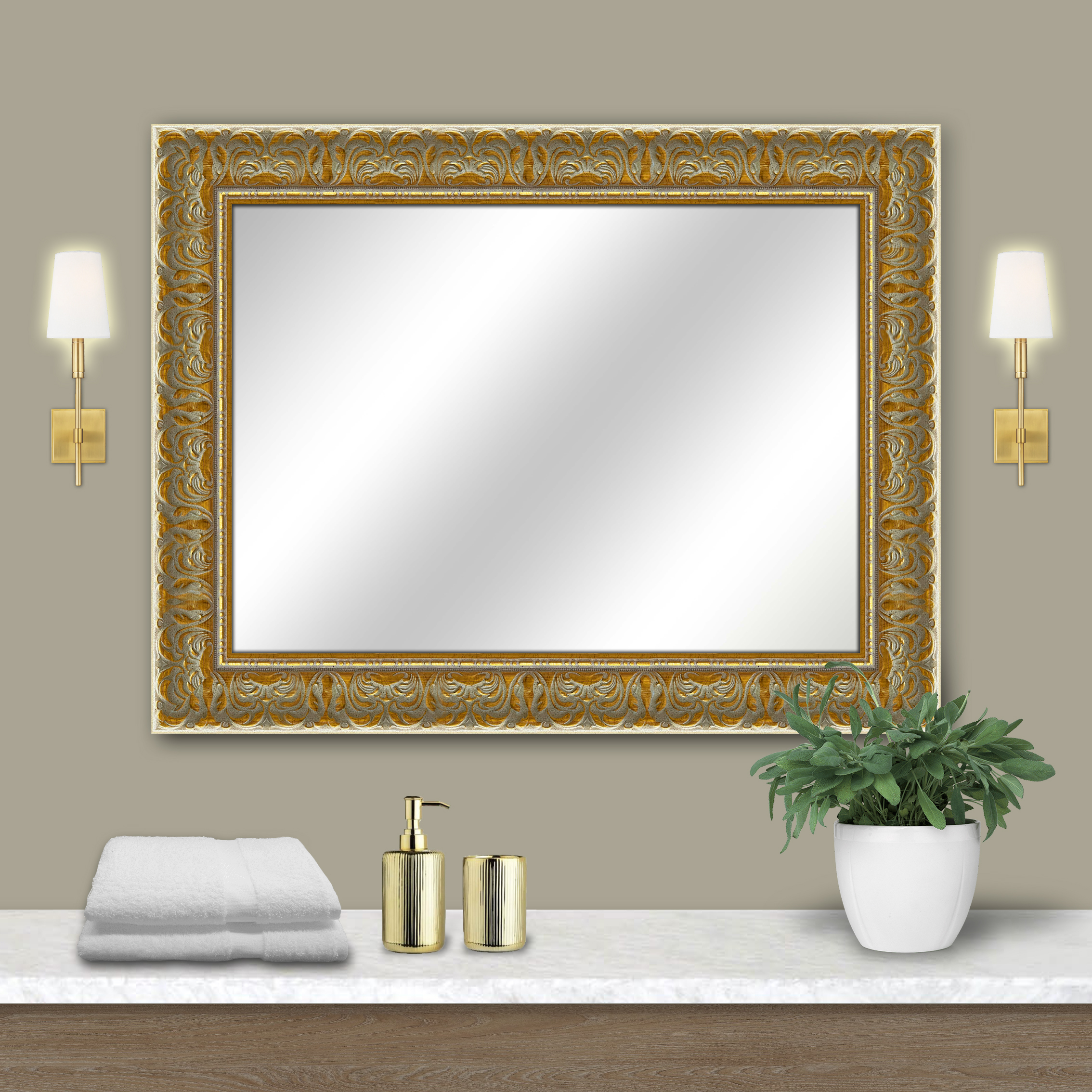Blog
Categories
Search
Last Add

Introduction:
Mirrors have long fascinated humanity, captivating our imaginations and stirring our curiosity. Beyond their practical use, mirrors hold deep symbolic significance in various cultures and disciplines. From mythology and literature to psychology and spirituality, the mirror serves as a powerful metaphor for self-reflection, perception, and the mysteries of the human experience. In this blog, we embark on a journey to unravel the profound symbolism that mirrors have woven into the fabric of our collective consciousness.
The Mirror as a Portal of Self-Reflection:
In numerous myths and folktales, mirrors are portrayed as gateways to the inner self. They offer a glimpse into our deepest desires, fears, and hidden truths. We delve into stories such as the Greek myth of Narcissus and the magic mirror of Snow White, examining how mirrors serve as catalysts for self-discovery and self-awareness.
In Greek mythology, Narcissus became infatuated with his own reflection in a pool of water, unable to tear himself away. This tale symbolizes the dangers of excessive self-love and the consequences of being consumed by one's own image. Similarly, the magic mirror in Snow White, with its ability to reveal the fairest in the land, serves as a catalyst for both the Queen's vanity and Snow White's journey of self-discovery. These stories highlight the mirror's transformative power, urging us to reflect not only on our physical appearance but also on the depths of our inner selves.

The Illusion of Identity:
Mirrors confront us with the paradox of identity. They reflect our physical appearance, serving as a reminder of our external self, while also raising questions about the authenticity of our inner being. We explore philosophical concepts like the "Mirror Stage" by Jacques Lacan and delve into the notion that our sense of self is constructed through the eyes of others.
The philosophical concept of the "Mirror Stage" by Jacques Lacan proposes that our sense of self is constructed through the gaze of others. Mirrors become a representation of this process, as they reflect our external appearance and remind us of how we are seen by society. They raise questions about the authenticity of our inner being, challenging us to examine whether our self-perception aligns with how others perceive us. This paradox of identity, explored through the lens of mirrors, invites us to contemplate the complex interplay between our internal experiences and the external world.
Mirror as a Symbol of Vanity:
Throughout history, mirrors have been associated with vanity and narcissism. We examine the portrayal of mirrors in art, literature, and popular culture, where they often represent an obsession with physical appearance and an unchecked self-absorption. From the flamboyant halls of Versailles to the haunting image of Dorian Gray's portrait, mirrors offer a poignant reflection on the consequences of excessive self-love.
Mirrors have frequently symbolized vanity and narcissism, as depicted in art, literature, and popular culture. In historical contexts like the opulent halls of Versailles, mirrors represented the indulgence and vanity of the ruling elite. Likewise, in Oscar Wilde's "The Picture of Dorian Gray," the mirror reflects the haunting consequences of excessive self-love, revealing the decay of the protagonist's soul while his portrait ages. These examples highlight how mirrors serve as powerful reminders of the perils of vanity and the importance of maintaining a balanced self-perception.

Mirrors as Symbolic Objects in Art and Design:
Mirrors have captivated artists and designers, serving as both practical tools and symbolic elements in their creations. We examine how mirrors have been utilized in architecture, fashion, and visual arts, exploring their ability to create illusions, manipulate perspectives, and challenge our perception of reality.
In architecture, they are employed to create visually stunning structures, reflecting and integrating the surrounding environment. In fashion, mirrors are utilized to enhance garments, create optical illusions, and amplify the transformative power of self-image. In visual arts, mirrors challenge our perception of reality by distorting perspectives, inviting introspection, and encouraging viewers to question their own reflections.
Conclusion:
Mirrors, beyond their tangible and functional existence, hold immense symbolic value. They mirror our physical appearances, but also our deepest emotions, thoughts, and aspirations. From ancient myths to modern psychology, mirrors continue to intrigue us, inviting us to gaze into the abyss of our own selves. As we ponder the reflections they cast, may we remember that the true beauty lies not in what the mirror shows, but in the profound journey of self-discovery it inspires.



